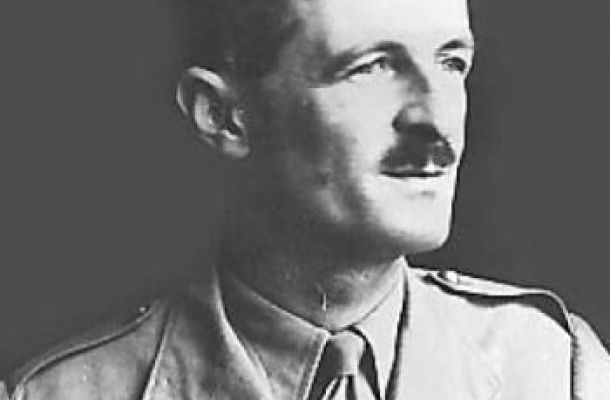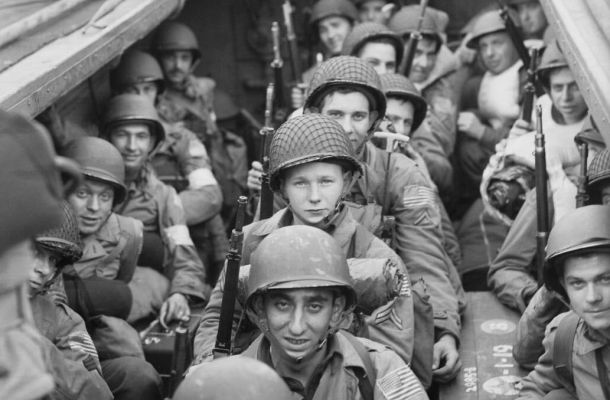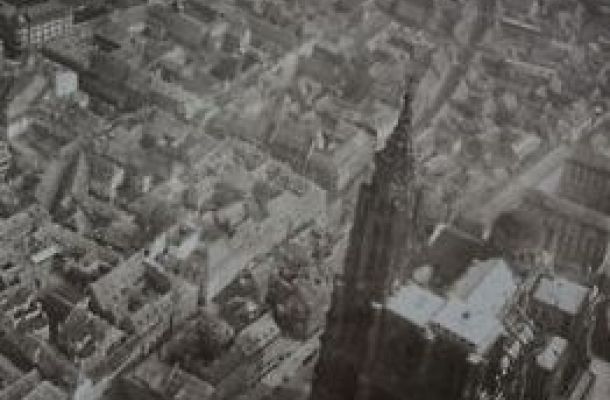
General Leclerc in the Colmar Pocket - Part 2
Part 2: In Europe
They crossed the Channel on the 1st of August 1944 to fight in Europe. Leclerc had written to De Gaulle three years earlier, ‘We will not rest until the flag of France also flies over Paris and Strasbourg’*. Indeed, this happened under the command of General George S. Patton, when he drove his tanks into Paris on August the 25th 1944. Pressing on eastwards, he linked up with the U.S. 7th Army. In a lightning advance, along with the U.S. 3rd Infantry Division, they smashed through the Germans’ winter defense lines west of Strasbourg, broke out of the Vosges Mountains and liberated the city on the 23rd of November 1944. The young U.S. 3rd Division fought what became known as the ‘Battle of the Apartments’ in Strasbourg.
General Leclerc had enormous respect for the Americans, and a deep appreciation for the sacrifices they were making in order to free France. However, he had no respect at all for the French 1st Army commanders, who he considered ‘opportunists’, (to put it politely), who had changed sides as the course of the war changed. He made his feelings clear to General Devers, (the overall American commander), that he would not serve with the French 1st Army in the Colmar Pocket, so was placed with the U.S. XV Corps. Just before going into battle, Leclerc received a letter from the French Supreme Court, saying that his death sentence had been rescinded!
His resentment towards the French burst open after a particularly bloody battle in the Colmar Pocket. General Devers had finally talked Leclerc into serving under a French 1st Army commander. On the 28th of January 1945, the 2nd Armored Tankers were ordered to take the village of Grussenheim in the Colmar Pocket. It turned into a debacle, tanks were caught in the streets, only two tanks survived the fracas, and the tankers suffered 207 casualties, including 21 officers. Leclerc was furious, sending his aide directly to Lt. General Jacob Devers. At the risk of being shot for mutiny and surviving ‘friendly fire’ from American sentries, Leclerc’s aide reached Devers and heavily criticized the French general’s incompetence. Devers listened and, after a ‘silence’, thanked him for telling the truth. So, Leclerc was returned to American command and was again with the U.S. 3rd Infantry Division. They fought with the Americans through the Colmar Pocket Campaign, and General Leclerc’s odyssey to liberate France ended at the side of the Rhine here. A job well done.
General Leclerc was killed in a plane crash at the age of 45 and his body was never found. The crash was suspected to have been the work of communists. All that was found was a charred piece of silver from the ‘Legion d’Honneur’ medal that he was decorated with by the Charles de Gaulle in Colmar, following the conclusion of the Colmar Pocket Campaign.
Acknowledgement
* Charles Whiting, The Other Battle of the Bulge: Operation Northwind, published by Spellmount Ltd., U.K., 2002, page 48


